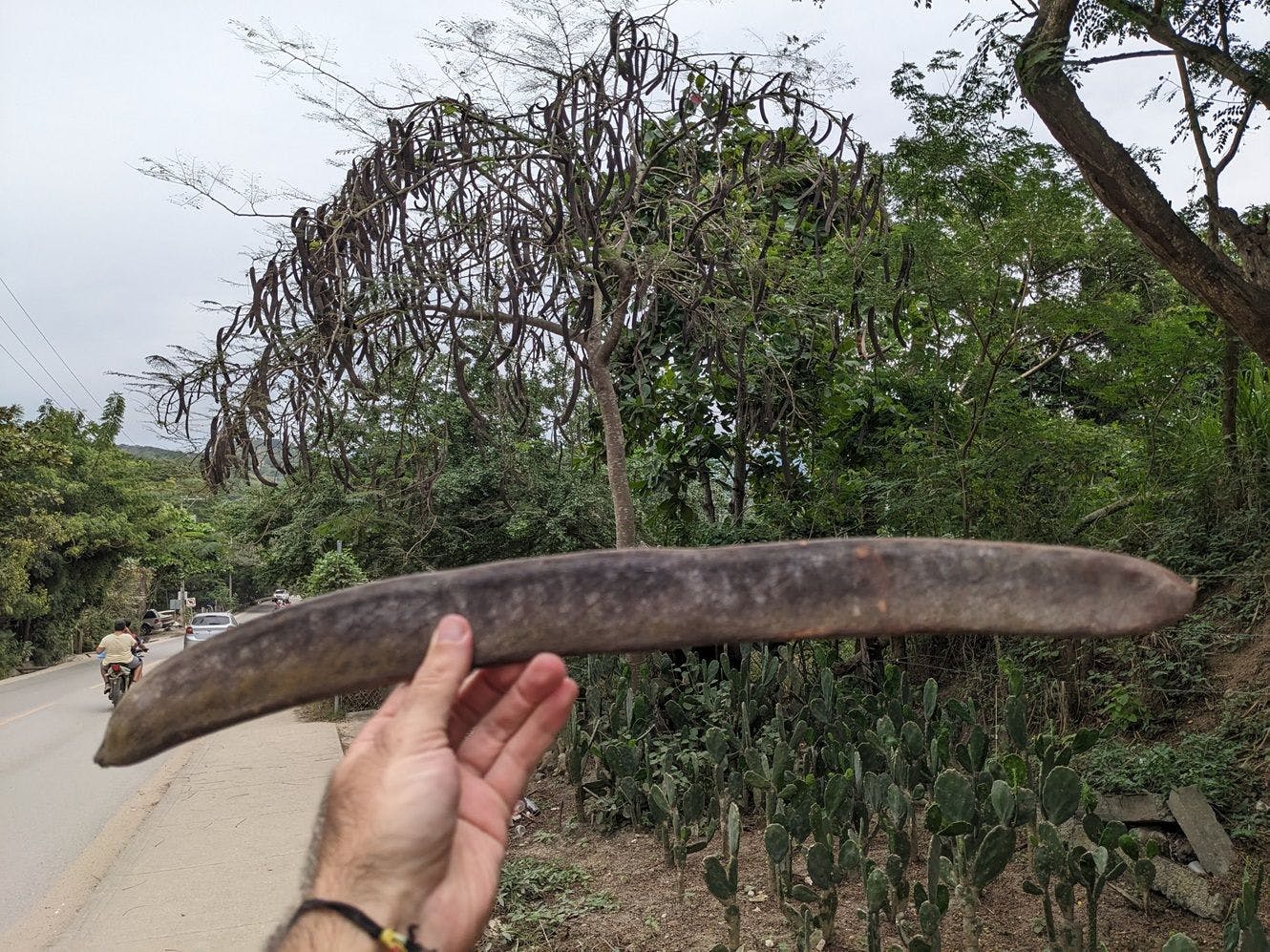Monday, December 18th 2023
What Is Tamarindo?

Written by
Rafael Bracho
Get Instant Quotes
Find out today why thousands of expats use us as their trusted brokerage abroad. Click below to get instant quotes to all of our providers.
Quote NowJoin our newsletter!

Introduction:
What Is Tamarindo?
Tamarind—or tamarindo in Spanish—has become a part of Mexican culture since the arrival of the Spanish conquerors in the late 15th century. Spicy tamarindo candies can be found in every convenience store throughout the country, in upscale bars and restaurants, you can order a tamarindo margarita, and tamarind has even been included in salsas and moles in Mexico.
But how did tamarind become a part of Mexican cuisine? In this article, we’ll explore the history of how tamarindo became a part of Mexican culture, how it’s used in Mexican gastronomy, and the surprising other uses for tamarind throughout Mexico.

What Is Tamarindo?
What Is Tamarindo?
When we talk about tamarind, we’re referring to an edible fruit that grows on a leguminous tree, which means that it’s related to other plants where the fruit grows in a pod—like peas. Usually between 6 and 12 seeds are contained in each pod, but African varieties have fewer seeds, about 1 – 6 pods. The legumes inside the pod have a tangy, sweet pulp which has been used in cuisines around the world.
A mature tamarind tree is capable of producing about 386 pounds of fruit each year. The fruit has a reddish brown color that is quite distinctive—its oil has been used not only in cooking but also in woodworking and traditional medicine. Most popular in South Asian and Filipino cuisine, tamarindo is also an integral part of Mexican cuisine.
History of Tamarindo in Mexico
What Is Tamarindo?
Though the tamarindo tree is originally of African origin, it became popular in Arabic culture. The word “tamarind” comes from the Arabic word, tamar hindi. From the Moorish conquest of Spain, it was introduced into Spanish cuisine, and it was thus brought over to the American continent with the Spanish conquerors.
In Colombia, Costa Rica, Ecuador, Cuba, the Dominican Republic, Guatemala, El Salvador, Honduras, Mexico, Peru, Puerto Rico, Venezuela, Italy, Spain, and throughout the Lusosphere, it is called tamarindo. In those countries it is often used to make a beverage of the same name (or agua de tamarindo). In the Caribbean, tamarind is sometimes called tamón.
The history of the tamarind in Mexico begins in the Spanish conquest. It was during this time that it arrived with the Spanish to the American continent. Its cultivation went so well that it spread throughout all the tropical areas of the Mexican country—especially on the Pacific Coast. Since then, the use of tamarind has become very widespread in Mexico, becoming a fundamental element in Mexican gastronomy.
Although it’s more common to see tamarind in sweets—often coated in chili powder—it’s also used to make a delicious flavored water (agua fresca) or as a condiment.
This legume and its plant are also used in other industries to obtain black dye which is used in the production of glues, insecticides, furniture paper, and boats. Producers from the Mexican Pacific Coast states of Jalisco, Colima, and Michoacán are the main suppliers of this legume. In 2017, the national production exceeded 49 thousand tons!

Culinary Uses for Tamarindo
What Is Tamarindo?
Though the green pulp of the young tamarind fruit is edible, it’s often considered too sour—though it is used in some forms of pickling. In Ghana, a pickling process with green tamarind makes poisonous yams edible. However, tamarind is most often consumed when it’s ripe and a dark, brownish-yellow color. As the seeds ripen, they become less-sour and palatably sweet.
Ripened tamarind seeds are used in a surprising amount of staple condiments in Western countries, such as in HP Steak Sauce and Worcestershire sauce. In Mexico and the Caribbean, the pulp is diluted with water and sugared to make an agua fresca drink. It is widely used throughout all of Mexico for candy making, including tamarind mixed with chili powder candy.

Other Uses for Tamarindo
What Is Tamarindo?
Tamarindo seeds are also pressed to make an oil that’s used in staining wood and polishing metal. Beyond that, the yellow sapwood is used in making all manner of things, from boats to furniture, because of its resistance to decay and insects.
It’s also used in Mexican folk medicines. It has many important medicinal uses, due to its laxative, diuretic, astringent, antipyretic, and antiseptic properties. Practitioners use ts branches, roots, leaves, seeds, and fruit, as remedies for liver diseases, fever, asthma, alcohol poisoning, and digestive problems.

Conclusion
What Is Tamarindo?
In the end, tamarindo has become a part of Mexican cuisine. Ultimately, it shows us the depth of Mexican culture and its ability to incorporate elements from all around the world. Like polka or Mennonite cheese, Mexico has shown that it’s ready and willing to embrace global traditions and turn them into something quintessentially Mexican.
Get An Insurance Quote
Are you an expat living abroad? Compare insurance prices instantly now.
Fill in your email to get quotes for:
Health
Travel
Life
Home
Boat
Auto

